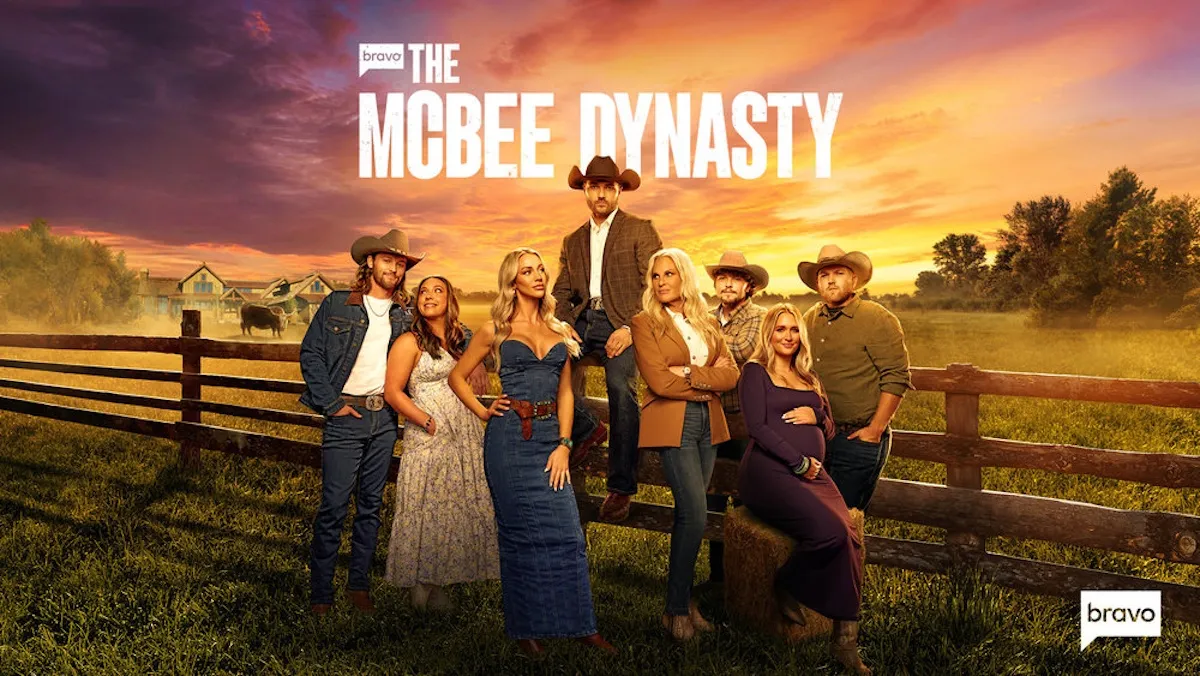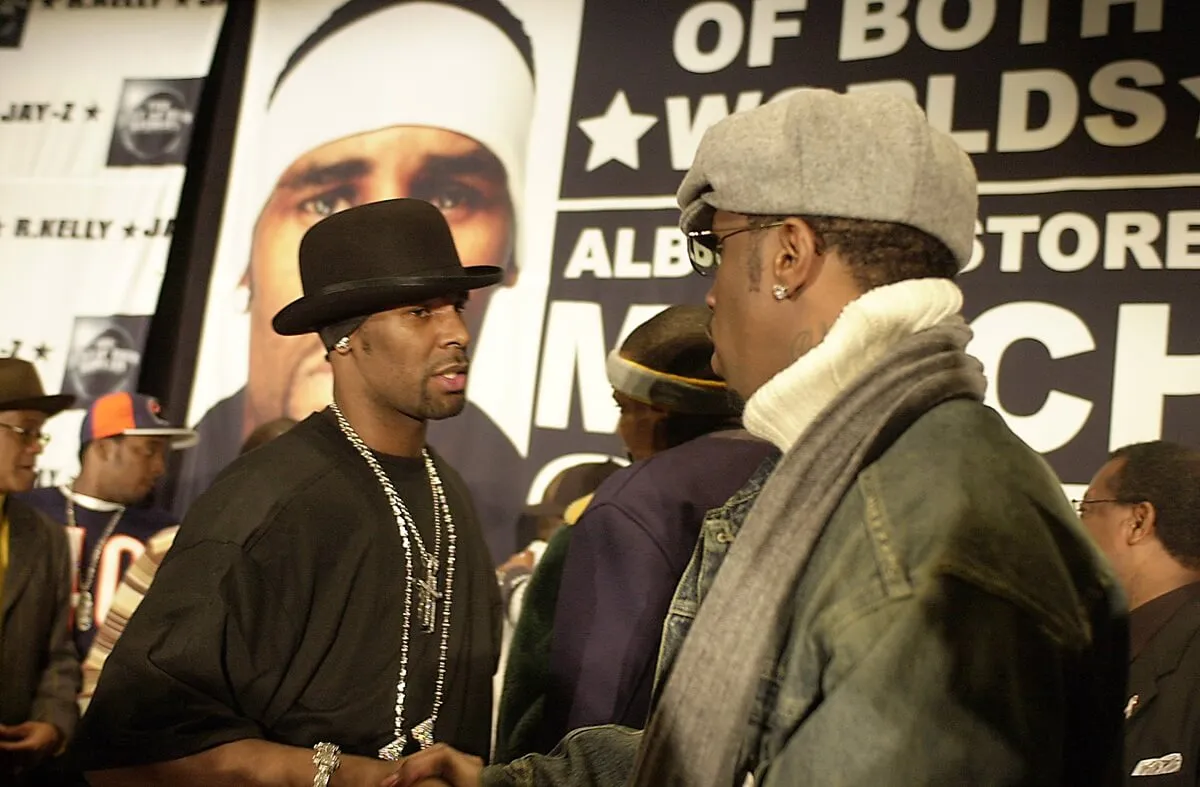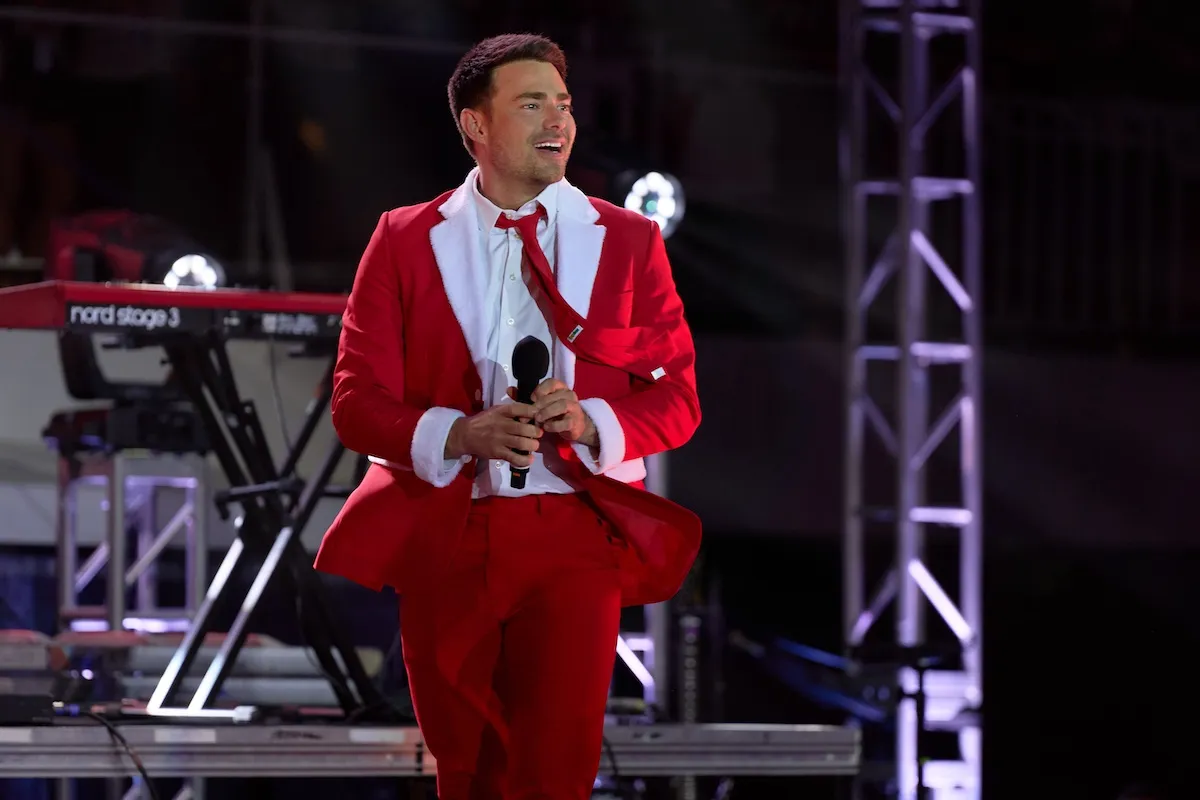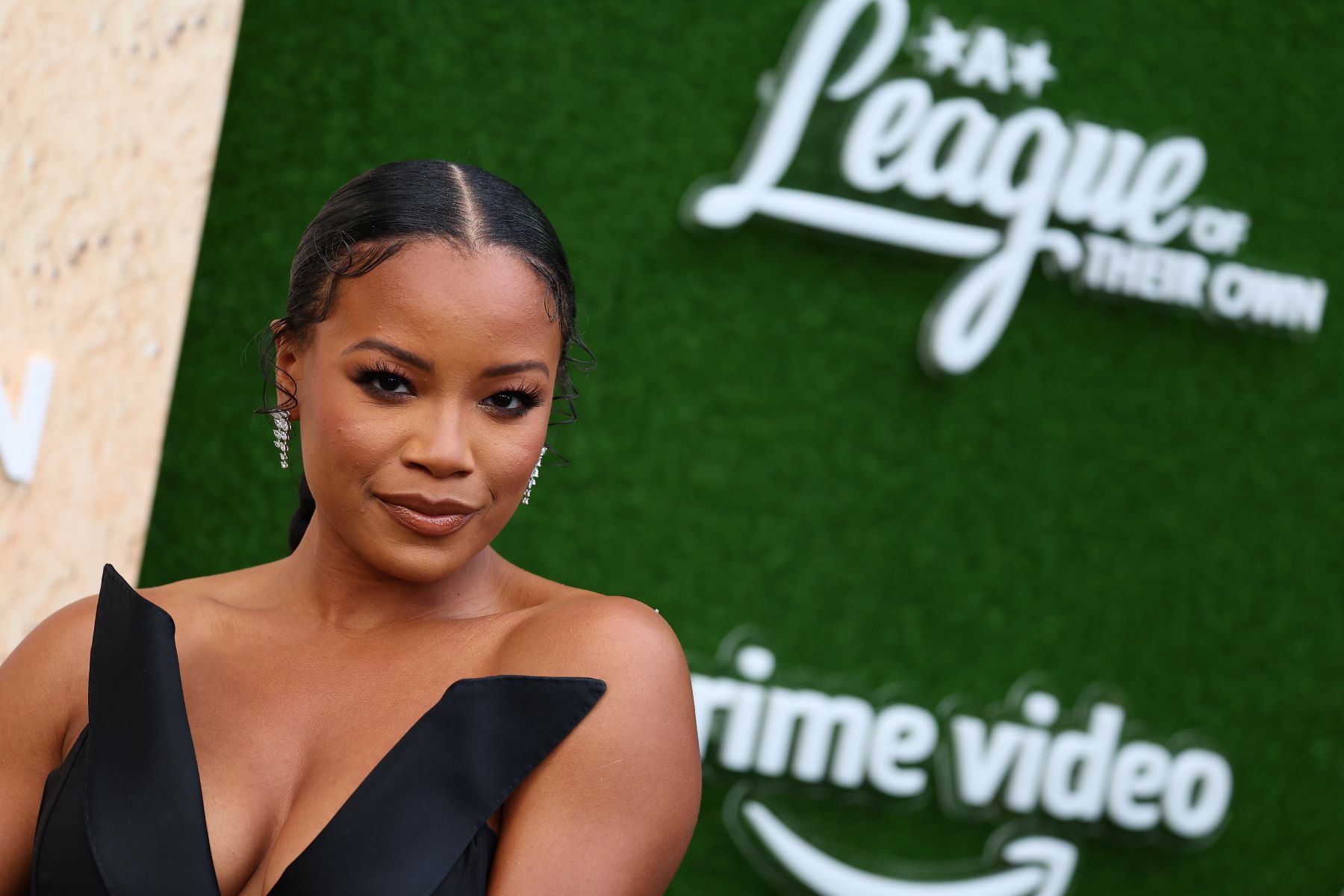
‘A League of Their Own’: The Real-Life Baseball Players Who Inspired Chanté Adams’ Max
The new Amazon series, A League of Their Own, is bringing a fresh, more accurate portrayal of the all-women baseball league, which inspired the 1992 movie of the same name. The 1992 movie is a beloved, star-packed classic, but the new series’ creators felt many stories were overlooked or left out. For example, Madonna’s character was inspired by the real-life legend, “All the Way Mae.” Yet, the movie chose not to portray the character as homosexual, despite Mae being open concerning her sexuality in real life.
Creators of the A League of Their Own series aim to give viewers a glimpse into the world of the baseball league. That is why there are diverse characters this time around. One such character is Max Chapman, played by Chanté Adams, who is based on three groundbreaking women in baseball’s history.
The women who inspired Chapman’s character in ‘A League of Their Own’
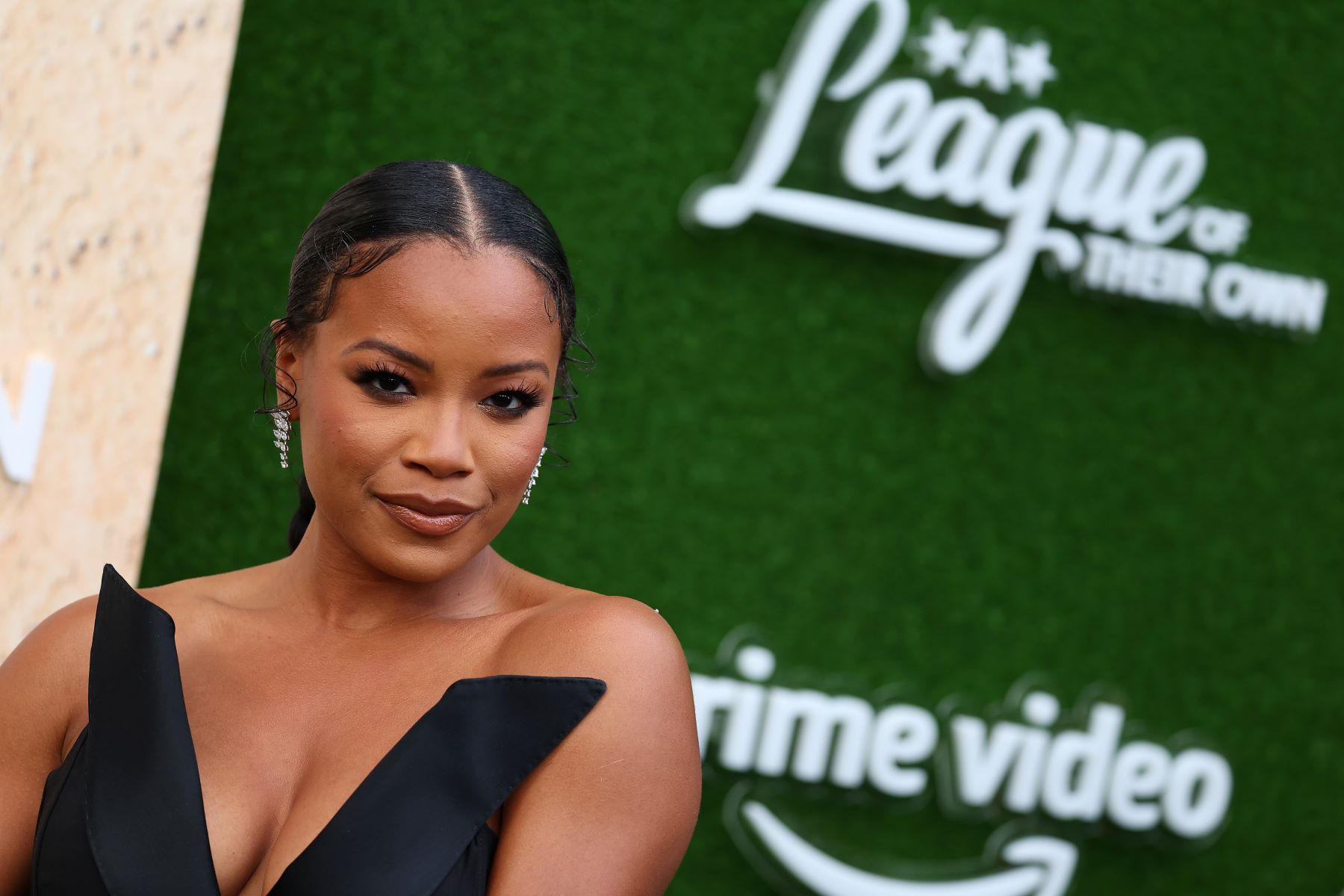
The A League of Their Own series is co-created by Abbi Jacobson and Will Graham. They both grew up loving the original film based on the All-American Girls Professional Baseball League (AAGPBL) that existed in the midwest between 1943-1954. Although the creators loved the movie classic, they felt there were several untold stories, including those of homosexuals and women of color.
Although no African Americans were allowed in the AAGPBL, some still influenced baseball, which are the women on which Max Chapman is based. Jacobson told People that Chapman is specifically based on three women, Mamie Johnson, Toni Stone, and Connie Morgan, who played in the negro leagues with men.
Mamie Johnson
Although the feedback for A League of Their Own has been positive overall, there has been some backlash. Graham took to his Twitter to set the record straight, emphasizing the show is thoroughly researched, and many women are based on players who played in the league.
No African Americans were allowed to play in the AAGPBL, but Mamie Johnson did try out, just as Max Chapman does in the series. She was not allowed to play in the league due to her color but found success as one of three women who played in the Negro Leagues. She had a successful career as a pitcher, gaining an impressive record of 33-8. Johnson was also a decent hitter earning a .273 batting average, despite her small stature, which earned her the nickname “Peanut.”
Toni Stone
Toni Stone was the first woman to play professional baseball in the Negro Leagues. The league is thought to have given her a chance to help boost ticket sales. At the time, the league was losing popularity due to big players joining the now-integrated Major League Baseball teams.
According to MLB, Stone began her career on the semipro San Francisco Sea Lions of the West Coast Negro Baseball League in 1946. She went on to play in New Orleans before debuting with the Indianapolis Clowns in 1953. Stone replaced baseball legend, Hank Aaron, as the Clowns’ second baseman. Her career in the Negro American League only lasted two seasons, but she was a fan favorite and earned a .243 batting average. Stone’s trailblazing career earned her a spot in the Women’s Sports Hall of Fame and the International Women’s Sports Hall of Fame. Today you can also see her story in the off-Broadway play, “Toni Stone.”
Connie Morgan
The third woman to join the Negro Leagues, and the third woman Max Chapman is based on, is Connie Morgan. Morgan played for several years on a women’s team, the Philadelphia Honey Drippers, before replacing Stone on the Indianapolis Clowns. She was famous for her impressive fielding ability and maintaining a .368 batting average.
A League of Their Own viewers will see Chapman’s character encompass all three women. Chapman experiences the league’s discrimination despite her talent, as well as the struggles she faces as a homosexual woman in the mid-twentieth century.
